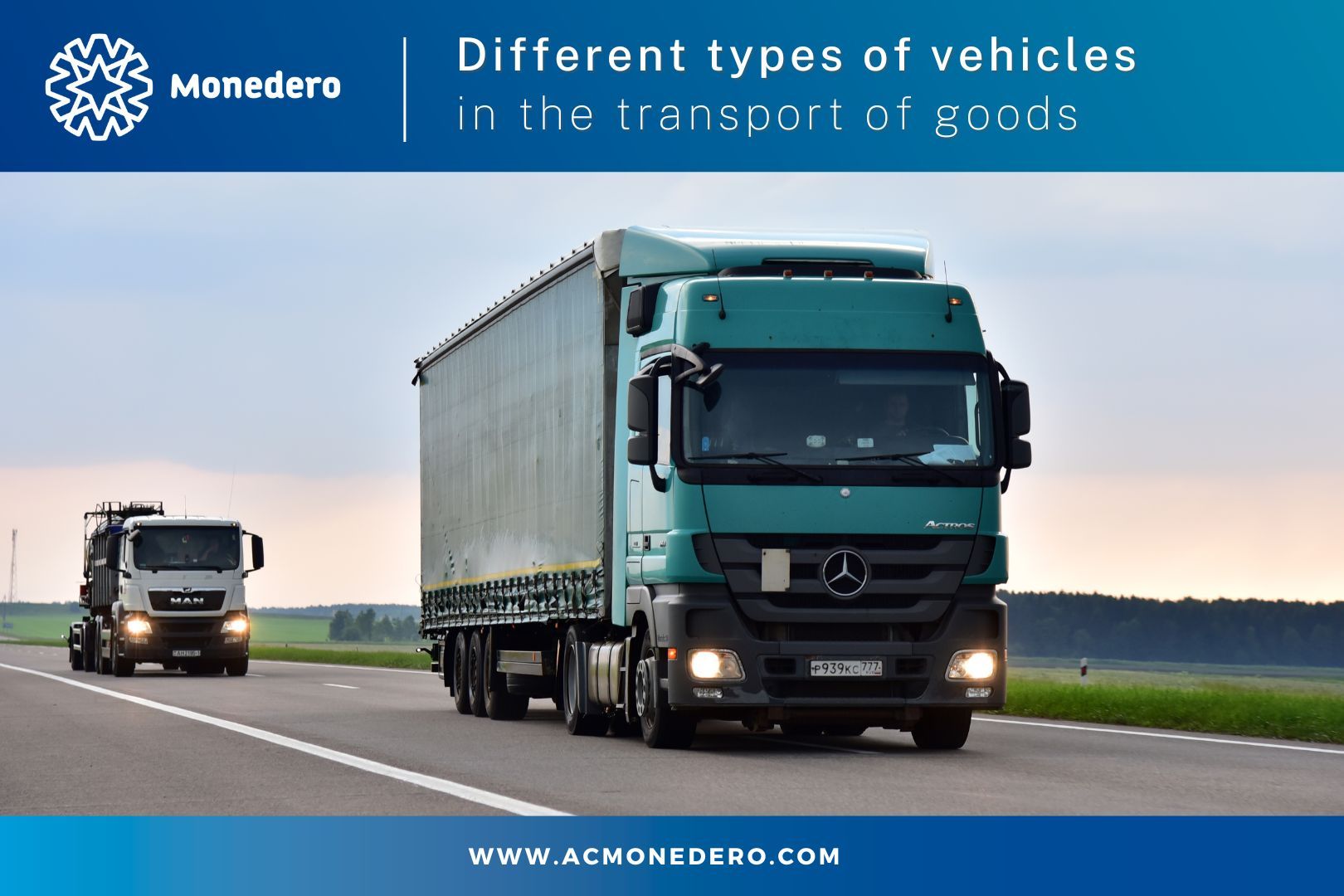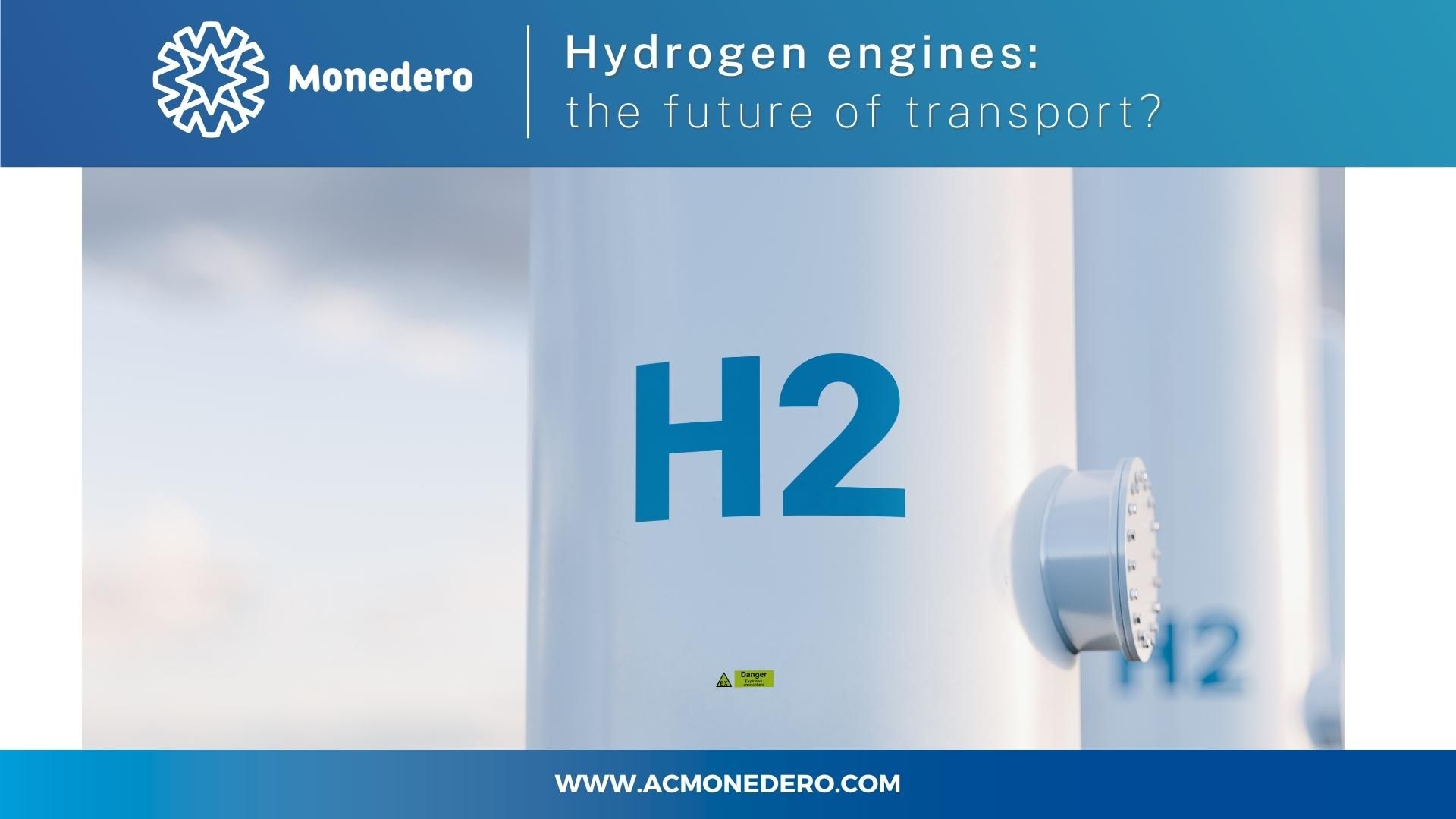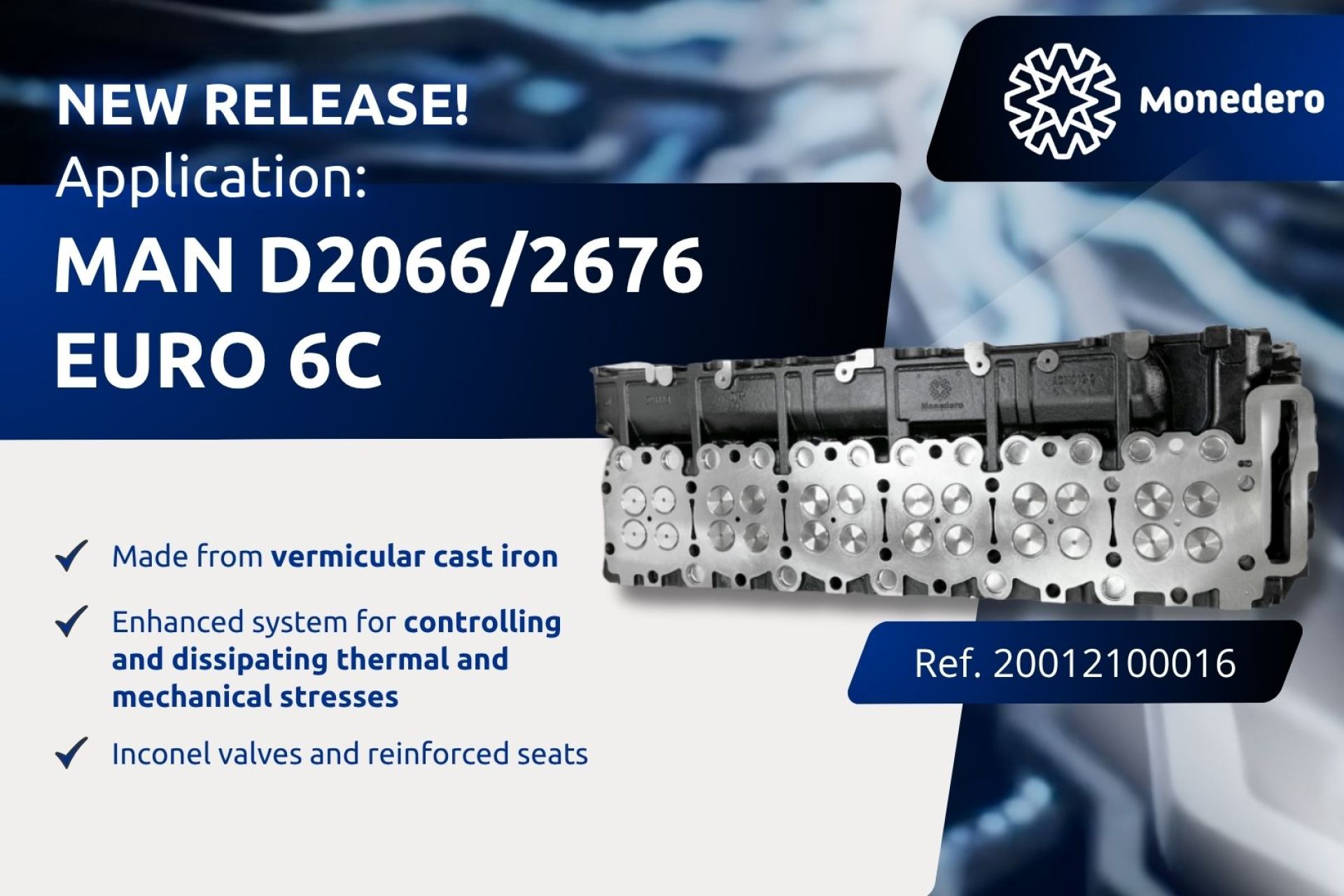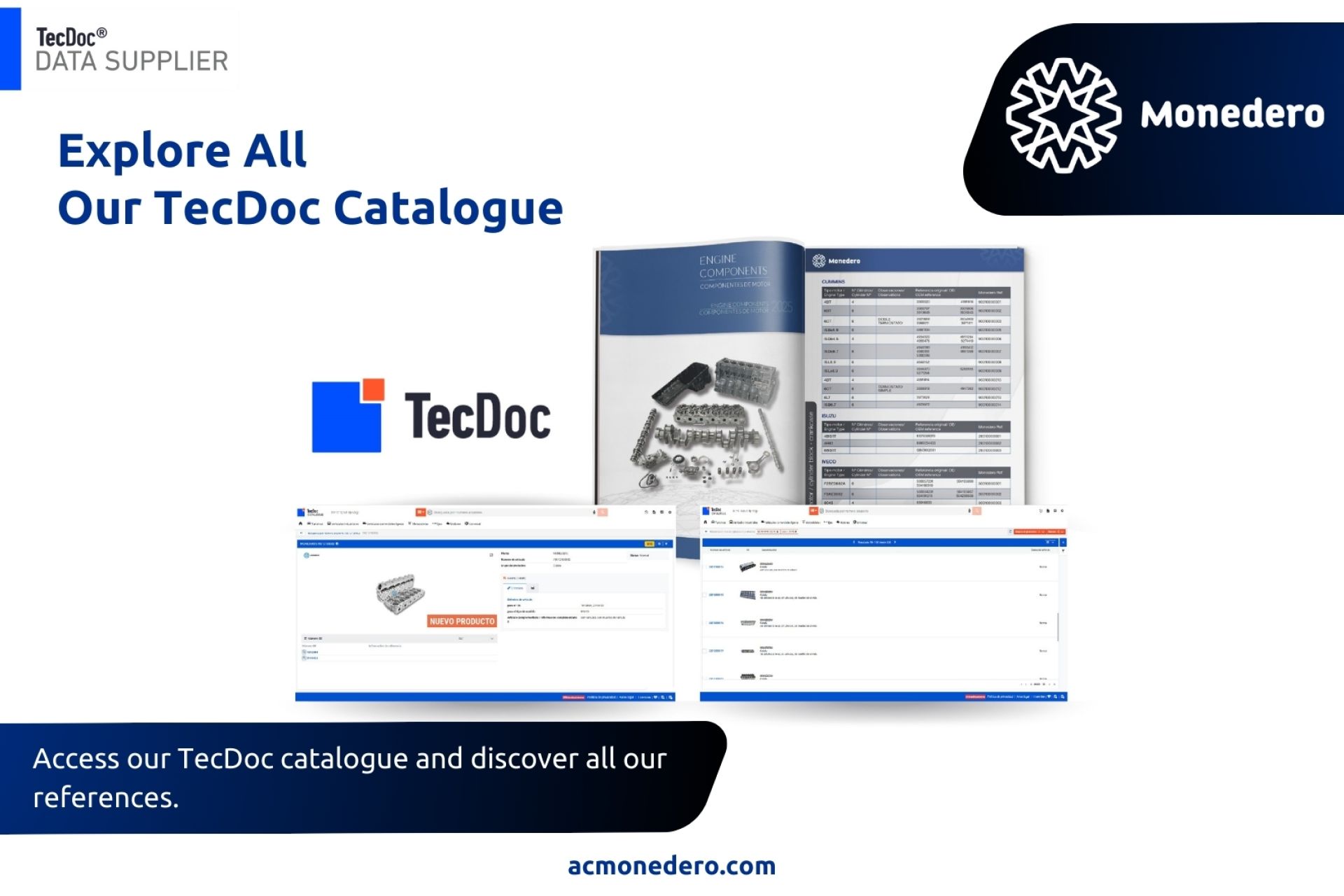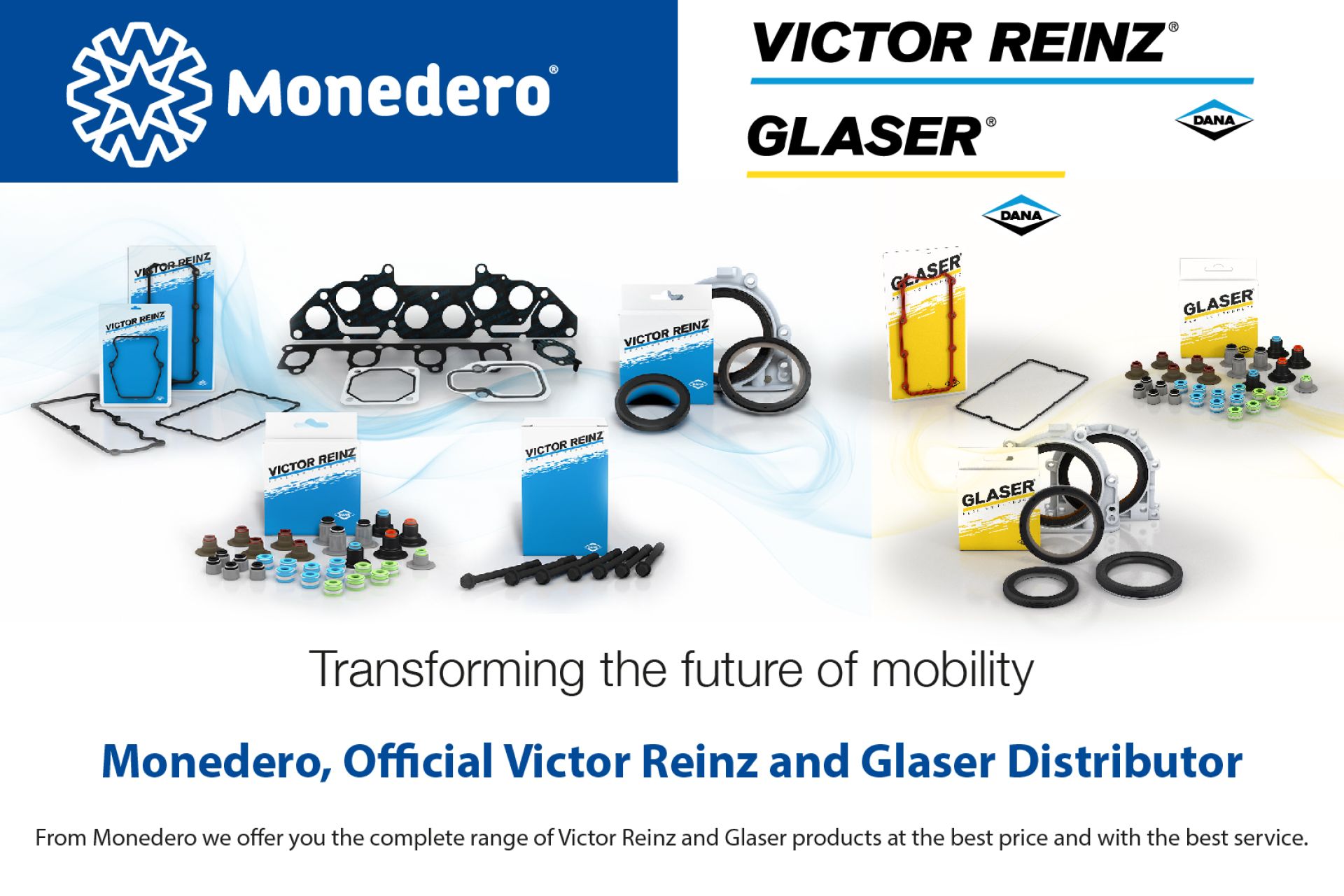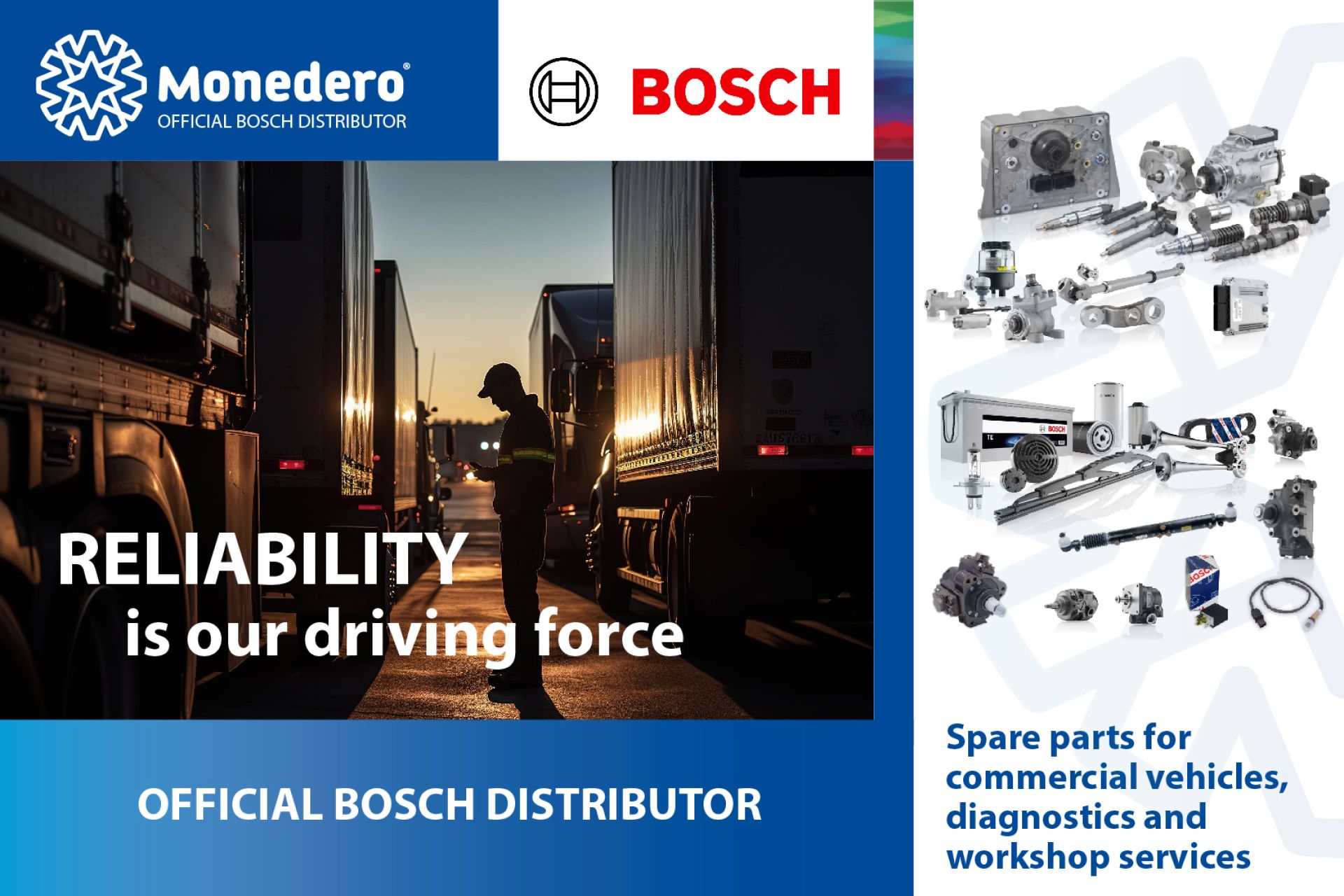Vehicles in the transport of goods
Discover which vehicles are used in the transport of goods, as well as their main characteristics… And become an #ExpertoMonedero!
Light vehicles, heavy vehicles -commercial and passenger cars-, special and agricultural vehicles… among others! We are sure that on more than one occasion you have doubted when classifying them, as it is sometimes difficult to differentiate them and remember which characteristics define them.
In this post we will focus on the types of vehicles used for the transport of goods and we will talk about their characteristics and functions. Are you interested? read on!
What they are, types and classification
Vehicles used to transport goods have an engine and at least four wheels. In addition, they can be of different types and have different characteristics. They can be light or heavy vehicles -depending on their load- and are: the truck, the van, the van, the vehicle derived from the passenger car and the adaptable mixed vehicle.
Before advancing in the article, it is important to remember what a light vehicle and a heavy vehicle are. The Ministry of Transport, Mobility and Urban Agenda defines them as follows (2023):
- Light vehicle: “A motor vehicle specially equipped for the transport of goods whose maximum authorized weight does not exceed 6 tons, or which, even when exceeding this weight, has a payload capacity not exceeding 3.5 tons”.
- Heavy vehicle: “It is a motor vehicle specially equipped for the transport of goods whose maximum authorized weight exceeds 6 tons and whose payload capacity exceeds 3.5 tons. Tractor units shall be considered as heavy vehicles when they have a towing capacity of more than 3.5 tons of load”.
Classification
Vehicles for the transport of goods are classified in CATEGORY N, which includes vans and trucks. These are motor vehicles specially designed and manufactured for the transport of goods by land.
Thus, the classification they receive according to their weight is as follows:
- N1. With Maximum Authorized Mass (MA)M of 3,500 kg -including fuel, driver, passengers and merchandise-.
- N2. With MAM between 3,500 and 12,000 kg.
- N3. Over 12,000 kg.
In addition, it should be mentioned that the category corresponding to trucks that use both trailers and semi-trailers is CATEGORY O. However, on this occasion, we will not emphasize these, even though they can also transport goods, since trailers and semi-trailers do not have an engine.
Truck MAM
Among its characteristics we can highlight that it has a cabin with a capacity of up to 9 seats, which is not integrated in the rest of the bodywork. Depending on their load, they can be classified as N1, N2 or N3 and can be light or heavy vehicles.
Depending on their structure, trucks can be rigid, articulated, road train and mega-trucks. Thus, depending on the type of goods they transport, we can speak of canvas trucks, open platform trucks, refrigerated trucks, heat trucks, tank trucks, closed trucks, car carriers and cage trucks.
Van
It is a four-wheeled automobile whose cab is integrated into the rest of the bodywork, unlike the previous truck. It is intended for the transport of goods and can be a light or heavy vehicle, depending on its load.
Vans have a rigid separator made of sheet metal, which divides the part where the goods are housed from that of the seats. Removing the separator is considered a major reform in this type of vehicle, so it must be considered by a specialist to avoid accidents or problems due to the load.
Inside these vehicles there can be no bolted furniture and all cargo has to be secured with pulleys to avoid unforeseen events.
Examples of vans or vans for goods transport: refrigerated or isothermal vans, delivery vans, parcel vans, etc.
Tourism derivate
This motor vehicle is derived from the passenger car, of which it retains the bodywork, but is intended for the transport of goods. Thus, it should be noted that it has a single row of seats.
The vehicle derived from the passenger car has a separation panel between the load and the seats, the rear part being exclusively for the transport of material or goods.
Adaptable mixed vehicle
This type of vehicle is prepared for the transport of goods and people, either simultaneously or not, although they must be properly separated from each other by a safety grille when carrying the load.
The safety grille must be easy to put on and take off and it is not compulsory to wear it when going for the ITV inspection. In addition to this, the load must always be secured with straps to avoid unforeseen events or accidents.
The vehicle can only carry a maximum of 9 people, including the driver. Thus, it should be noted that in this vehicle it is possible to replace the load, either partially or totally, by people, by adding a seat.
Did you like this article and are you interested in learning more about the different types of vehicles that exist? Don’t miss any of our blog posts and learn with #EquipoMonedero!
Monedero, closer than ever, close as always
